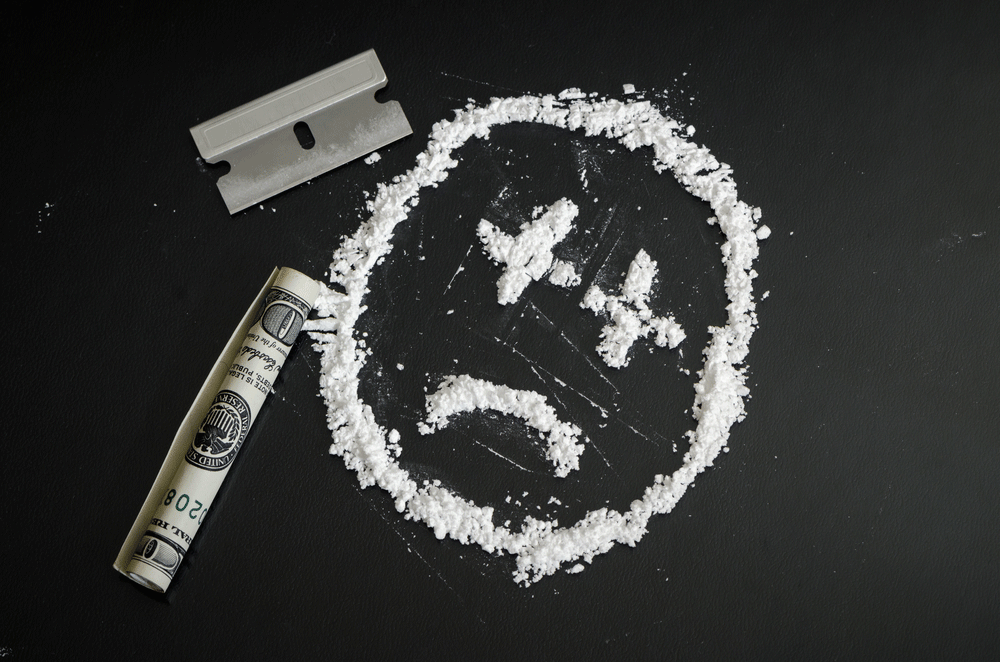Although the high demand for cocaine continued into the new millennium, the U.S. has seen a dramatic drop in illicit sales and popularity surrounding the narcotic since 2011. The National Survey on Drug Use and Health discovered the total number of cocaine users had dropped by 44 percent from 2006 to 2013.
Unlike some manufactured drugs, cocaine’s history goes back further than some people realize. Native Americans would brew coca leaves into a potent tea before battle. In those days, cocaine affected the body in ways similar to caffeine. It wasn’t until 1856, when Friedrich Wöhler extracted chemicals from coca leaves, that its psychoactive effects were discovered.
Throughout the 1800s, cocaine was used as a cure-all prior to the Harrison Narcotic Act of 1914; by 1915 it was classified as a harmful substance. After being forgotten for 50 years, cocaine came back in the ‘60s and ‘70s as a drug associated with the hippie subculture. And in the ’80s, it was synonymous with glamour and wealth.
Since its rise in popularity, cocaine has been a threat to the American public, with 5.7 million people addicted by 1985.
Peter Reuter, professor of public policy at the University of Maryland, whose job is researching drug trends, said the drug has since lost its luster. His research shows many people experimented with it in the last 20 years, but never… (continue reading)
















